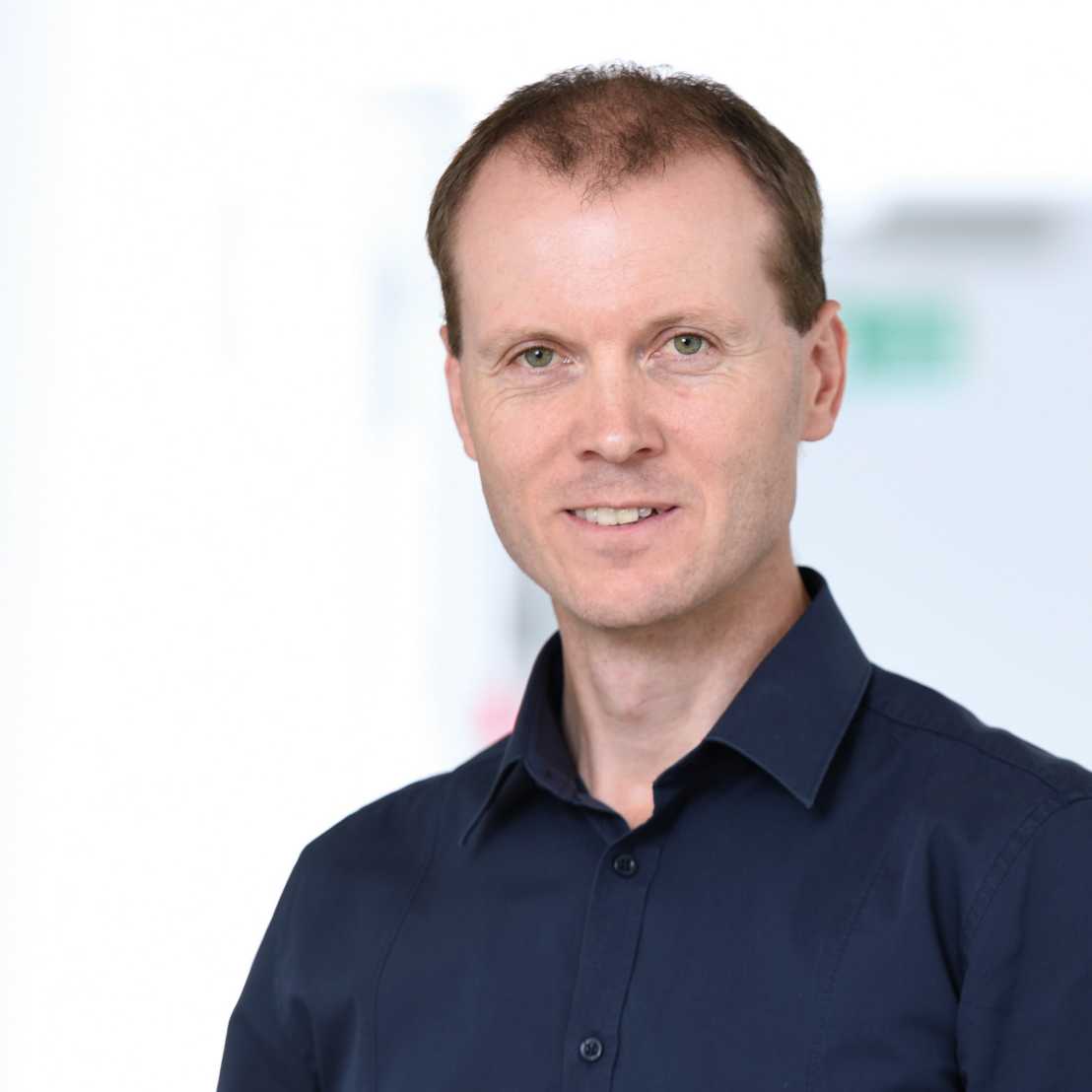«I miss the contact to people»
For the past five weeks, the D-BSSE buildings were deserted, only a few researchers held the special permission to work in the labs. Christian Beisel, Head of the Genomics Facility Basel, also kept the sequencer running for long-term projects that could not be stopped - and for the new COVID-19 projects. An interview.

Christian, most people at D-BSSE had to leave their work places and work from home – but you were one of the few who kept on going (more or less) every day to Mattenstrasse 26. Why is the Genomics Facility one of the labs still running - and how?
The basic idea from the beginning was to keep the Genomics Facility in a functional and fully operational state to be prepared for potential COVID-19 related sequencing projects. As you know, the Genomics Facility is a joint facility of the University of Basel and ETH Zurich. And we have many projects ongoing: there are still many samples in the freezer from before the start of the pandemic, and the idea was to keep on going with these projects and to finish some of these projects until COVID-19 related projects take over.
You follow new safety protocols: can you provide an example of these new safety protocols during COVID-19 times?
The demand was - or still is - that we adhere to social distancing and keep people separated in different labs. This means: we have a maximum of two people working, one in each of the two labs. This is definitely a great change: I have a team of six people and everybody wants to work…but as I said: only two people are allowed in the labs simultaneously. We follow a certain rotation schedule, so that every team member gets to work for 1-3 days per week. The department is open only from 7 AM until 5 PM in the afternoon, we actually need to leave the building by 5 PM. Coordinating the work and scheduling the work accordingly is consuming a lot of time because we cannot work in the normal fashion.
What are the COVID-19 research projects you are currently involved on; and: what exactly are you doing?
There are a couple of projects approved by the Executive Board, I think up to now it is 9 projects in total. This number includes three projects from Sai Reddy, which are ongoing. Another project is from Tanja Stadler. And then there is a new project in the planning from Barbara Treutlein. All these projects are at different stages, they have different requirements. Sai’s project for example - you may recall his talk from last week - this project is about massive testing of people. Sai prepares the samples himself, or his students do. We receive a message informing us about the incoming samples later that day. Alexander Yermanos, a postdoc from Sai’s group, delivers the samples contact-free in front of our laboratory. We take the samples into our laboratories, we do a quality check of the samples, and we start the sequencer the same day if possible. We try to generate the data in a very rapid turn-over, so that the data is present the next day. The other projects of Sai have the same kind of nature: his lab prepares the samples itself, we take over and do the quality check and then do the sequencing. The project of Tanja Stadler is more complex: we first established a protocol for whole genome sequencing of the viral genomes of positively tested patient samples. In this case, we were involved from the very beginning in order to get these samples through our collaboration with the screening facility here in Basel-Land; they provide samples which have been tested positive by the general qPCR-test kit; they transfer these samples in extraction plates to the D-BSSE and we already have more than 150 of these plates in one of our freezers. In our facility we try to establish a protocol to sequence these samples for whole genomes. The basic protocol is that we do reverse transcription to get cDNA, then we have to amplify this DNA and convert this amplified DNA to a library which we then sequence. There are various protocols available in the public and I tried to find out during the past weeks which is the best protocol for this particular study, and we then adjusted the protocol to our infrastructure. We have now started to test this particular protocol and try to get it going.
I am coming to an outlook: The measures for ending the shutdown are currently being discussed by the department. What are you looking forward to?
I am looking forward to be together with my team again, to have the normal routines, to have the freedom and work independently without COVID-safety schedules. And then…you know my office is in the 8th floor just 5 m away from the Science Lounge bar. Roughly two months ago there were Apéro events two or three times a week. At that time we started wondering: “Another Apéro…again?” But in the meantime I must say, I miss these events, I miss these Apéros. The Science Lounge is so empty now…and I hate switching off the lights when I leave the office and pass by the empty Science Lounge. So, I really miss the contact to people….
…and it looks like we are getting close to these cheerful apéro events in the Science Lounge!
Many thanks, Christian, and: keep the sequencer running!